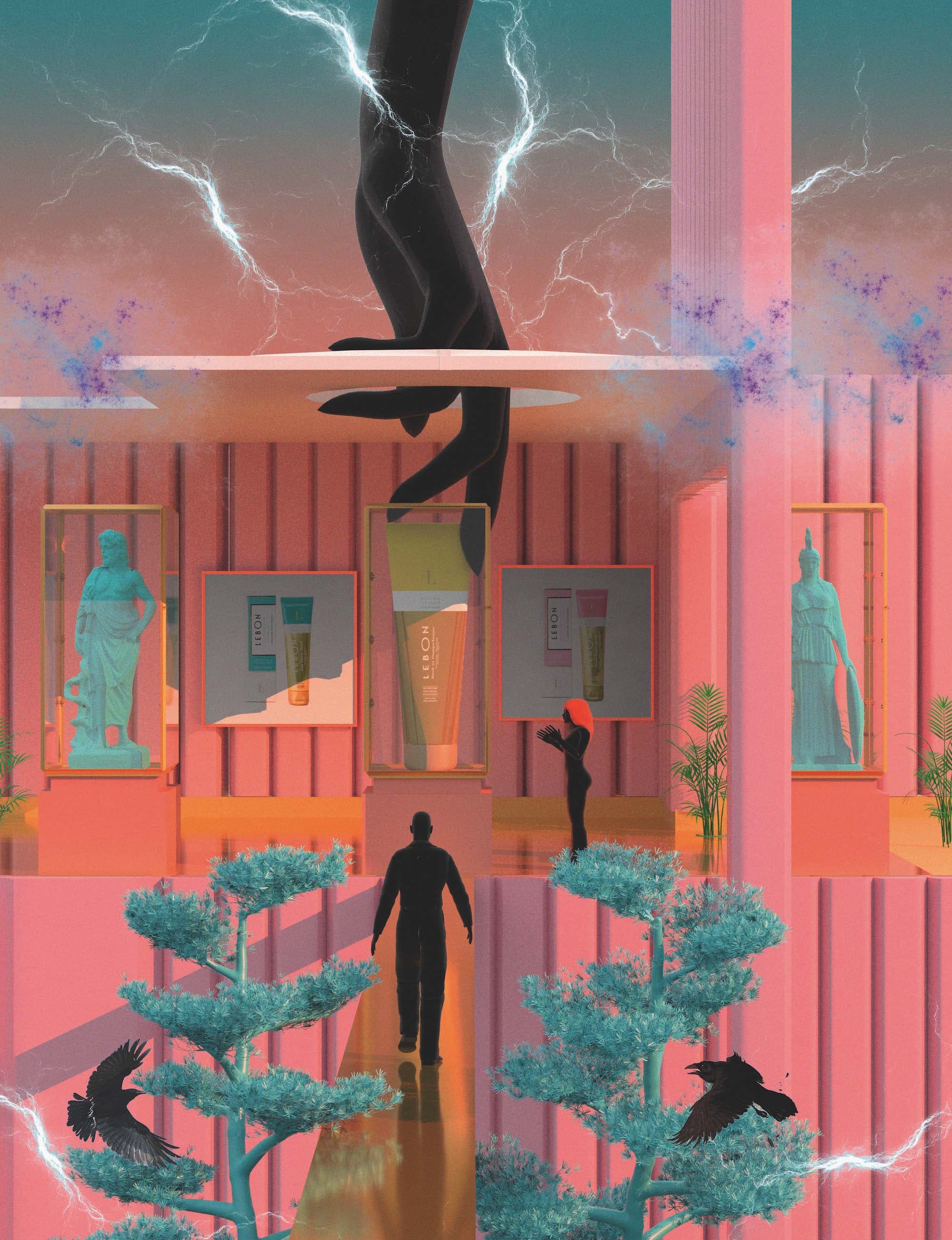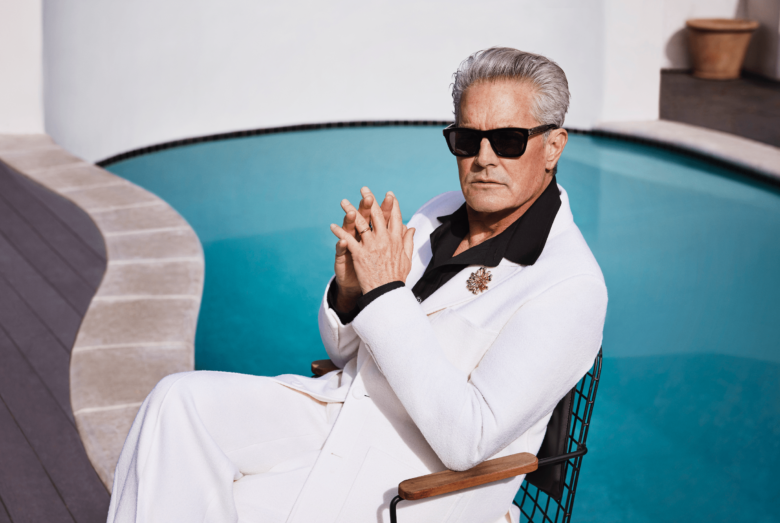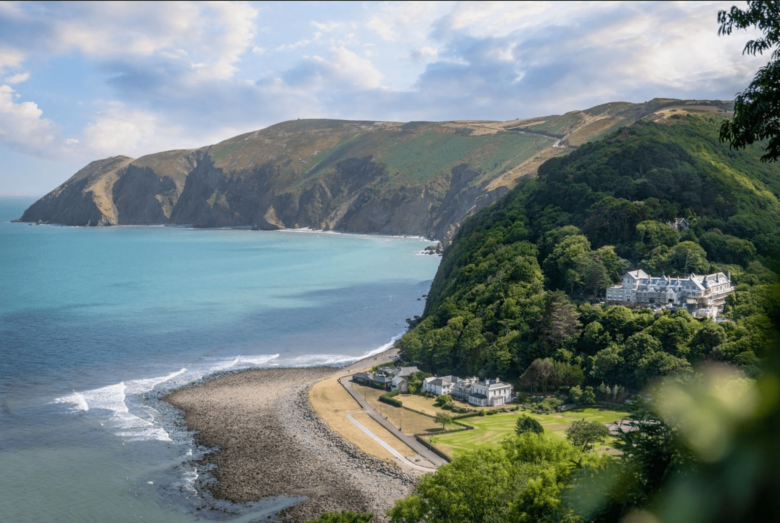A Modernist Utopia: Tishk Barzanji is the artist blending fantasy and reality
Born in Iraqi Kurdistan, Tishk moved to London in 1997, and studied physics at Loughborough University before he diverted to art, initially as a form of personal therapy. With a passion for both art and architecture, Tishk started by documenting his surroundings and soon became interested in the way he could express his ideas through creativity, inspired by both the physical and natural world. Now, taking a mixed media approach, he creates mesmerising illustrations that depict surreal urban scenes, while exploring space, colour, architecture, brutalism, modernism and human interactions.
Growing up, Tishk was a fan of artists synonymous with the surrealist and modernist movements, from Giorgio De Chirico and René Magritte to Piet Mondrian, and later explored the mediums of sculpture and photography and the work of Kenneth Price.
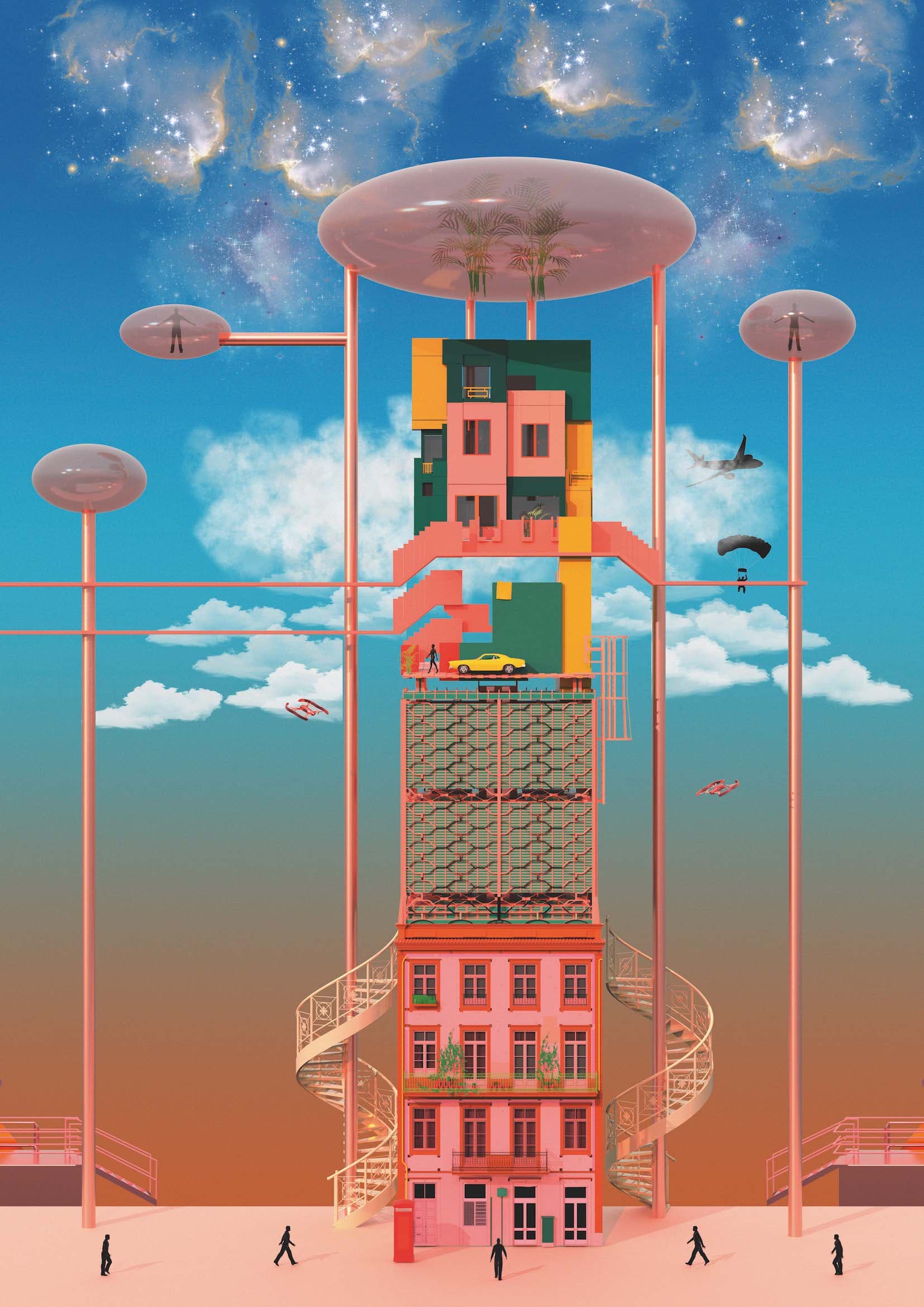
There’s a sense of duality to the artist’s work – from the underlying theme of isolation that permeates his joyful pastel-hued compositions, to his dual nationality and personal lived experiences. Tishk cites the years he spent growing up in Kurdistan as an influential factor in shaping his whole outlook on life. “I felt I was born there for a reason, when there was so much suffering. I looked to other aspects in life to understand it. Although there is a big art culture in Kurdistan, a lot of the work touches on the same themes,” he explains. “I wanted to create something authentic, that touches on everyone’s struggle. The moments I lived in Kurdistan showed me there are no limits in life, something that I apply to my work.”
Tishk’s years in London have been influential too. “I grew up in a brutalist estate in London and I guess it was all I knew. It became something that I was attached to. I didn’t appreciate it at first, but as I was growing up I was drawn to the shapes and textures and the way it created space. The long shadows, and the people living there. At the same time, as we have less space for housing, I try to visualise future living.”
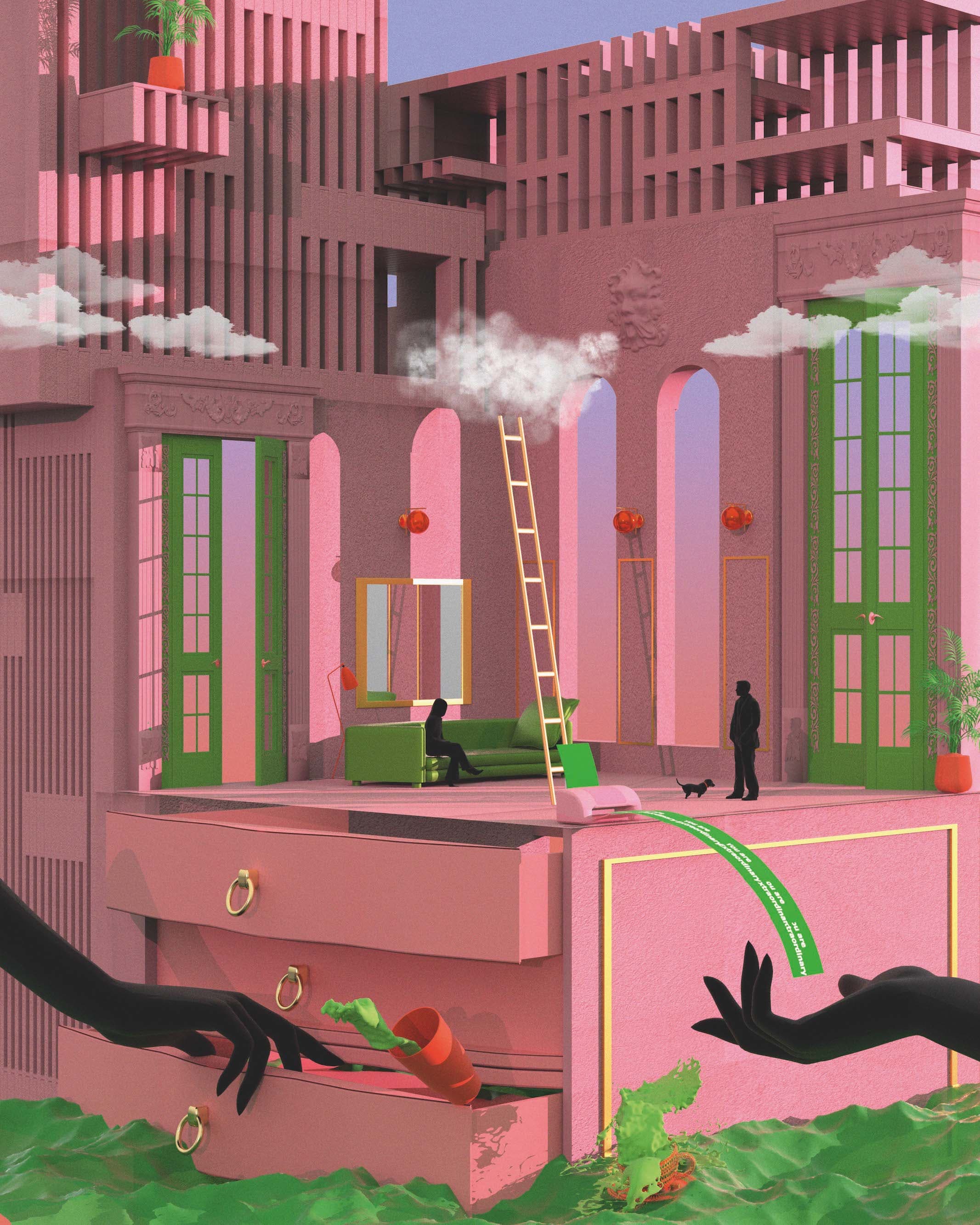
Less about surrealism and more about his vision: it’s Tishk’s personal interpretation that makes his work unique. “I’ve always had this alternate vision of life,” he says. “What’s reality? And are there any limits? I’ve chosen a path that tests these boundaries. My work has developed from that and my style has grown organically. I try to really put down whatever I visualise in my mind.”
Every single aspect of a Barzanji composition is informed by his personal lived experiences, from the space, to the palette. “I don’t think I could have made any of those works without my life experiences; sometimes I feel and see the work before I even make it. Because I felt it in a another lifetime,” he says. Starting out with a sketch, he then builds in the background colours with watercolour before scanning the work and editing it digitally. “This is so I can edit it in the future too. It’s a process that happened by accident; I found out it worked well for me, so I have been developing it in the past year.” The dreamlike colours are intrinsically linked to the space, often referencing found objects like locally sourced food. “It’s important for me to do that. I needed the colours to be from my surroundings. Although you may not see these colours in London, I look at small details that we usually overlook. Then I mix the colours depending on the atmosphere that I want to create.”
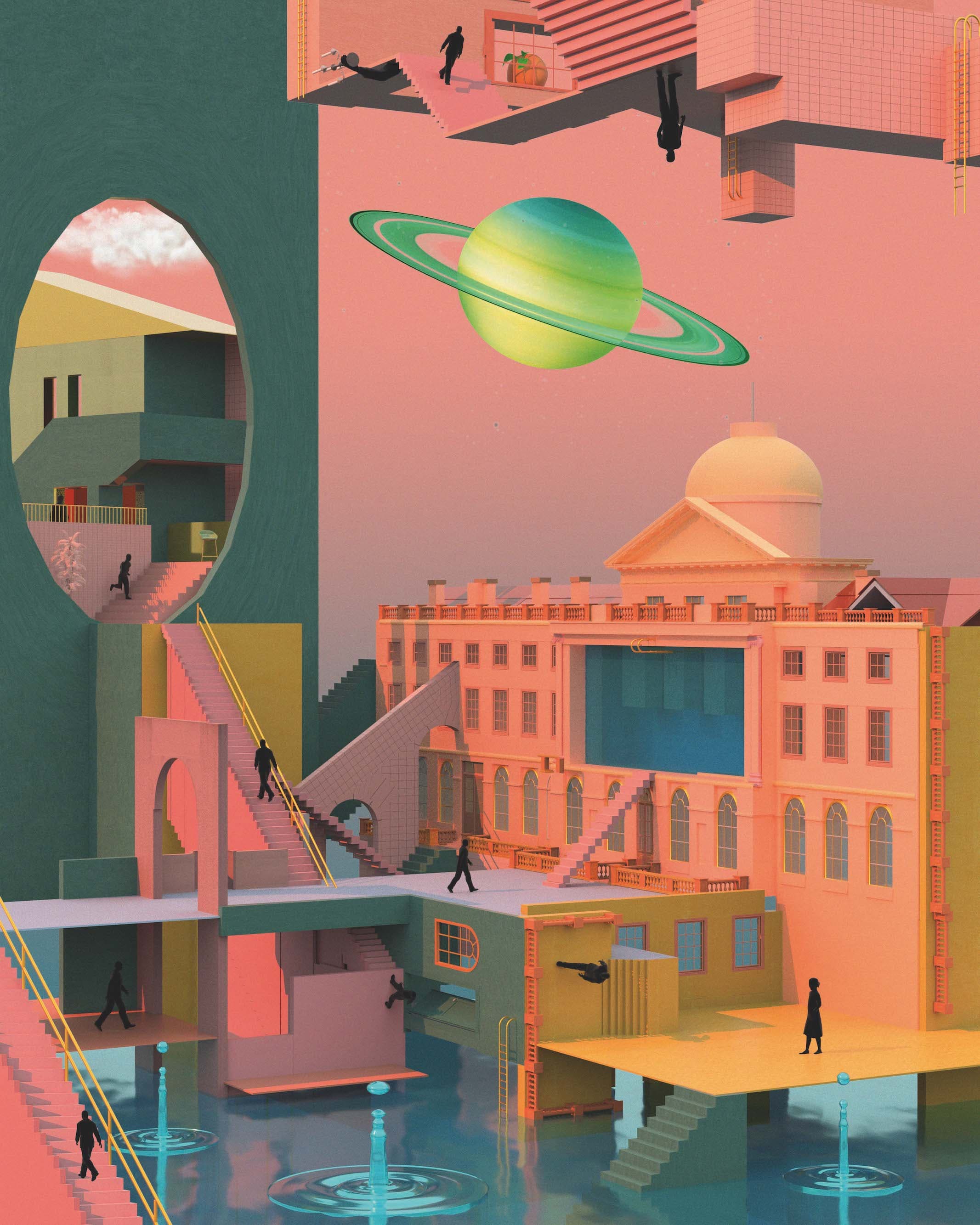
Tishk is as interested in these spaces, as he is in the movements and human interactions that occur within them. “I spent many years analysing how humans use space and how they interact. The way we live in these spaces, sometimes it feels like [it’s] absolute, and we forget that everything is man-made. So I really wanted to understand the relationship between humans and these spaces, and how it leads our life without us noticing. How we behave in our own space compared to public spaces. Movement goes hand in hand with these elements, so it’s natural to focus on that too.”
Despite being regarded widely as an illustrator, Tishk takes a multi disciplinary approach to his work. “I don’t think I class myself in one medium. I began my work using photography, and that led to what I’m making now – so different mediums all played a part,” he says. “With the work I’m making now, I can really express the atmosphere and environment the way I want. Secondly it feels natural, my ideas flow, sometimes I couldn’t do that in photography.” When it comes to his future moves, the artist would like to explore immersive mediums. “I definitely want to work with sculptures and installations, it’s something I’ve been focusing on for a while, which I hope to release soon,” he says. “It will really bring my work to life so that viewers can experience it first hand.”
Follow Tishk Barzanji on Instagram here.
